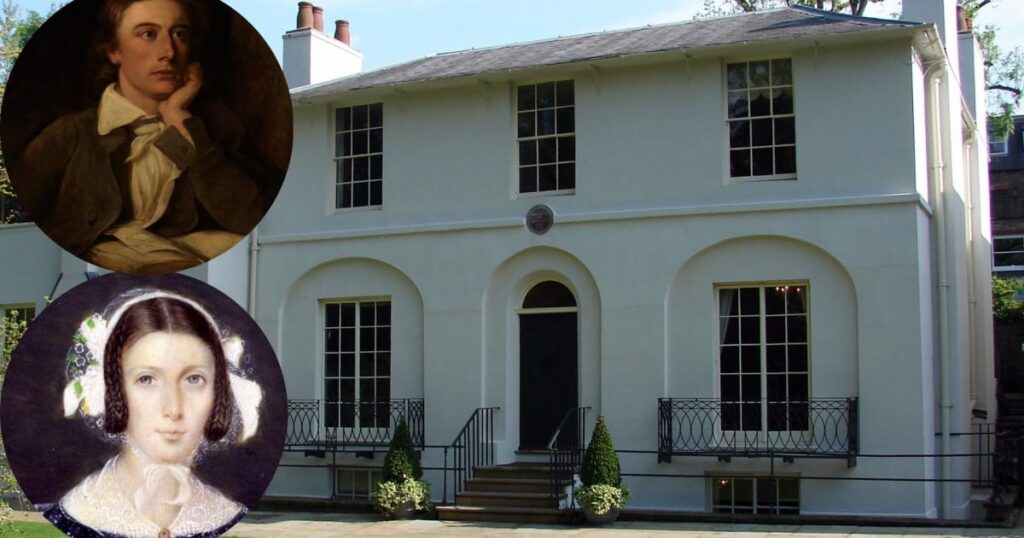But 100 years ago, the property where Romantic poet John Keats once lived and wrote famous works including Ode to a Nightingale was saved from potential development.
The story of how a group was formed to buy the house before handing it over as a museum will be told in a centenary exhibition.
The parlour of Keats House as it was in 1925. (Image: Keats House Museum) Celebrating its opening to the public on May 9, 1925, Keats House 100 evokes the atmosphere of the Regency house 100 years ago, with displays featuring objects seen in 1925.
Exhibits include the first guidebook, which explained how the ‘Keats Memorial House’ had been “secured for the public use for ever” alongside miniatures of Keats and his neighbour Fanny Brawne, with lockets containing their hair.

During his stay with his friend Charles Brown, he became secretly engaged to Fanny and experienced an outpouring of creativity, penning celebrated odes and love sonnets like Bright Star.
“The house was literally lost in history for a while,” explains Shakespeare.

He adds: “During his lifetime Keats was wracked by the usual doubts of the creative, and critics sneered at him.
“But his friends preserved his legacy after his death long enough for him to become more popular and celebrated, and the search for the house began.”
Researchers discovered that Keats’ former home, Wentworth Place, was now known as Lawn Bank and in private ownership.

But when the adjacent villa Wentworth House was pulled down to make way for Wentworth Mansions, it sparked fears for the historic property.
“It was sold off, knocked down and developed into more high intensity housing,” he added.” Although what we now know as Keats House was not directly for sale, that provoked people to think that a treasure that could be lost to speculative developers.”
That prompted local people including Hampstead Mayor Alderman J Fraser to form The Keats House Memorial Committee and raise £7,000 to buy it from the Whiley family – plus funds to establish a museum.
Contributors including novelist Thomas Hardy donated poems to the fundraising book John Keats Memorial Volume, and scholar Amy Lowell helped raise £2,700 from America.
Relatives of Fanny Brawne and Keats’ friend Joseph Severn attended the grand opening.
“They brought items and memorabilia to show people, including a locket with a lock of hair,” said Mr Shakespeare.
Handed over to Hampstead Borough Council before being taken over by The City of London Corporation in 1997, the house has since acted as a magnet for donations and artefacts relating to the poet.
Mr Shakespeare says it was a vital part of Keats’ life and story: “He moved in after a difficult winter when he had lost his brother Tom (to tuberculosis) and his older brother had gone to America.
“His friend said ‘just come and live with me’, then the Brawne family moved in next door – he had already met Fanny and been attracted to her – and there was this almost instantaneous flourishing of creativity that poured out of him.
“The reason why people come here is it was probably the only place he felt comfort, friendship, and the inspiration of the natural environment of the Heath. He had a circle of friends like Leigh Hunt who lived in the Vale of Health and published his first poem.
“They supported him and protected his reputation against a critical battering.
“The exhibition will step back in time to evoke the atmosphere of what the house would have been like in 1925 – with personal items connected to the past and the stories about them.
“Local people saved the house and we want them to continue to enjoy it into the future.”
The Keats House 100 exhibition runs from May 11 to April 12, 2026. Entry is included with admission to the house.




